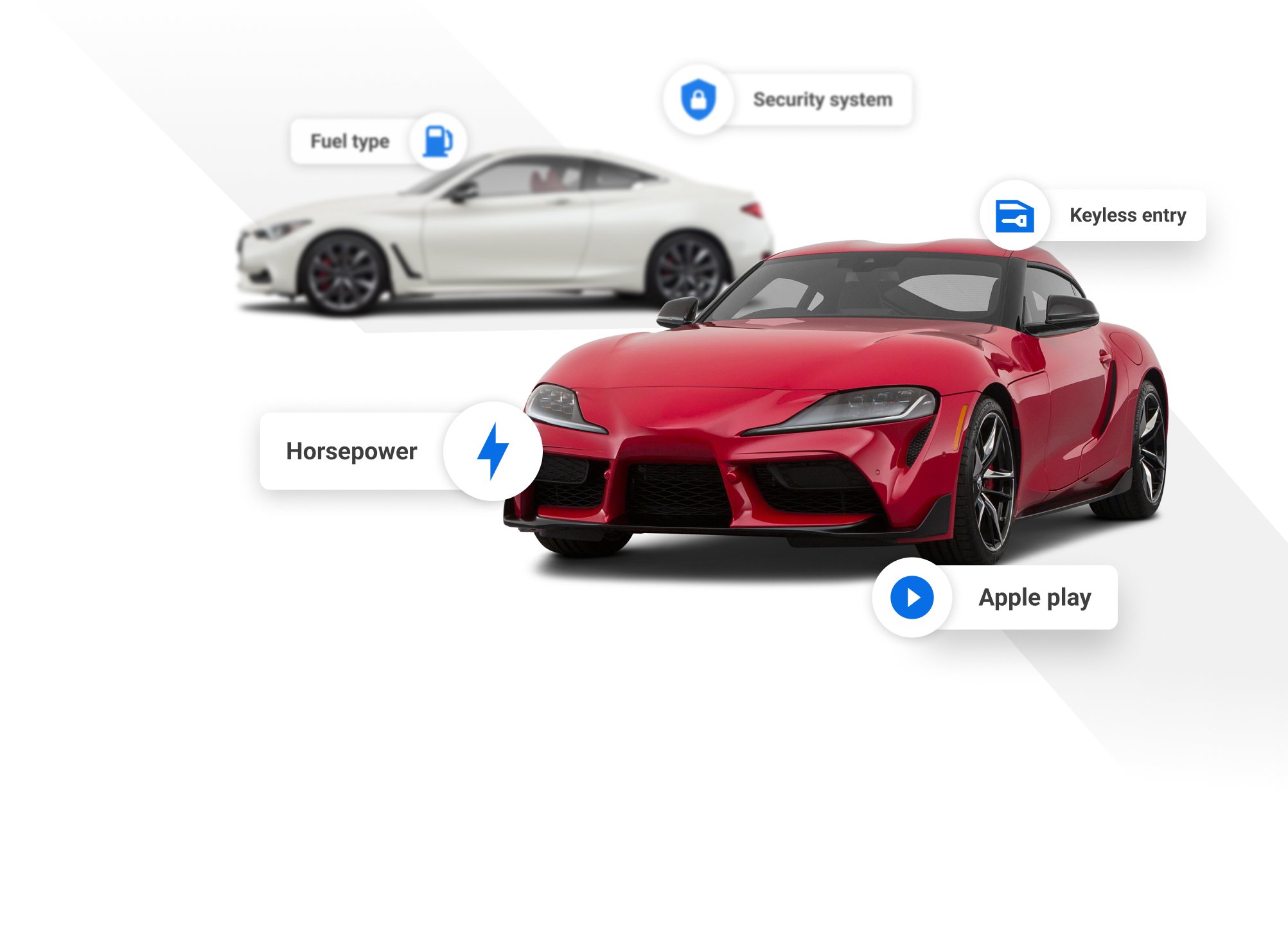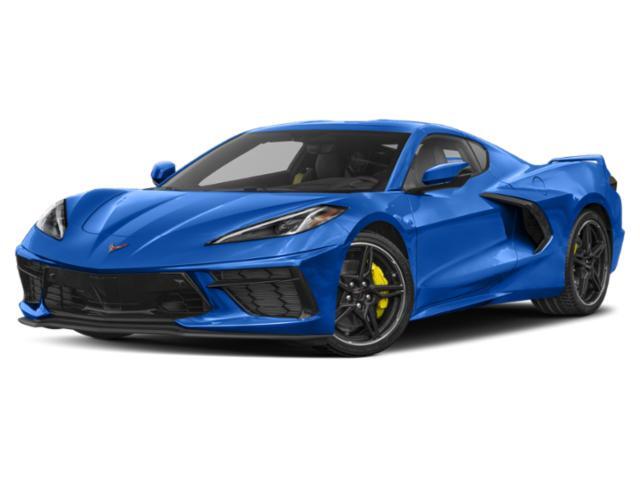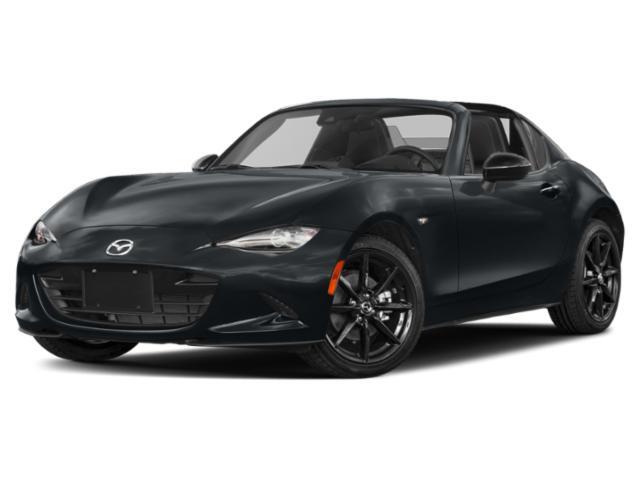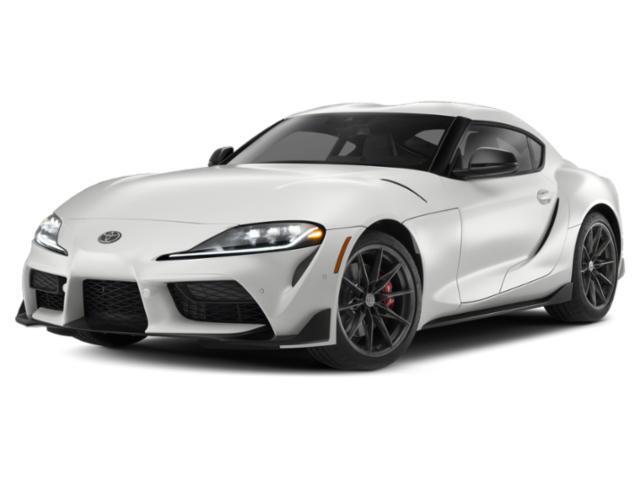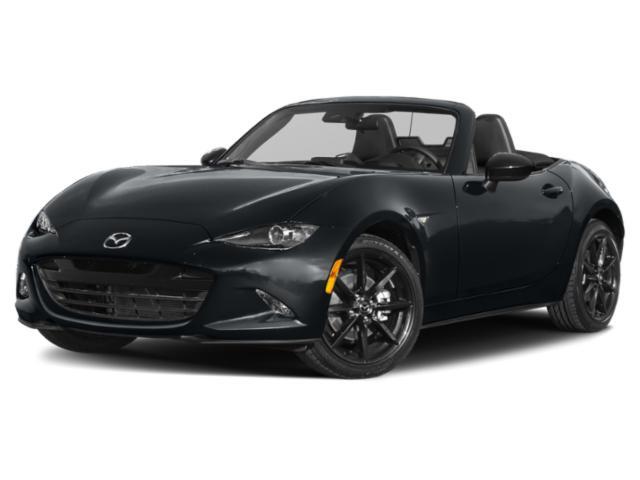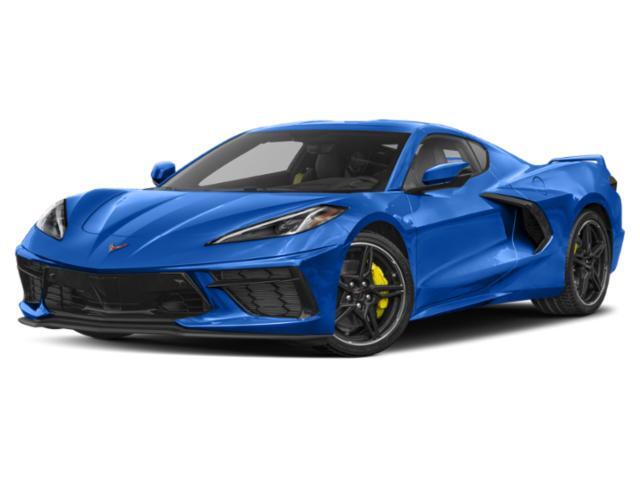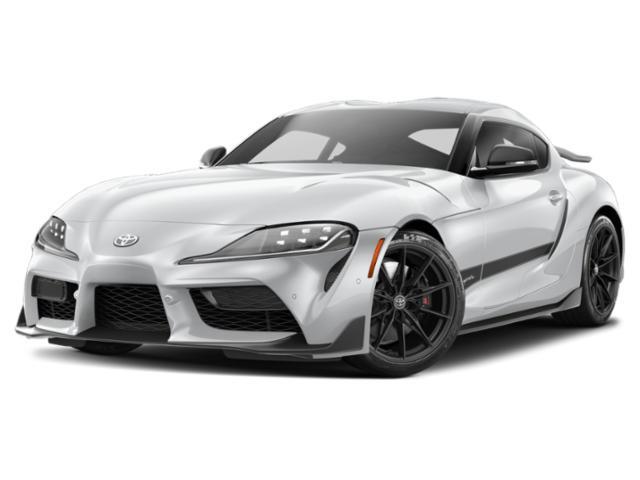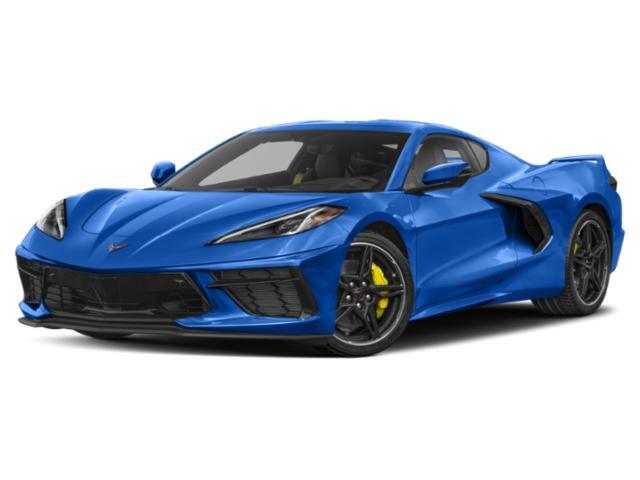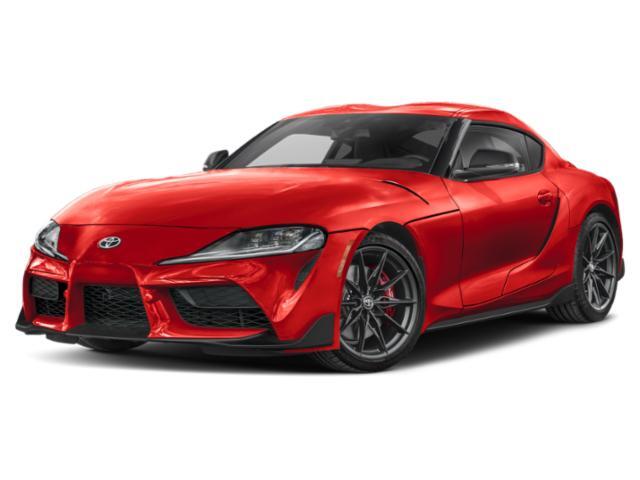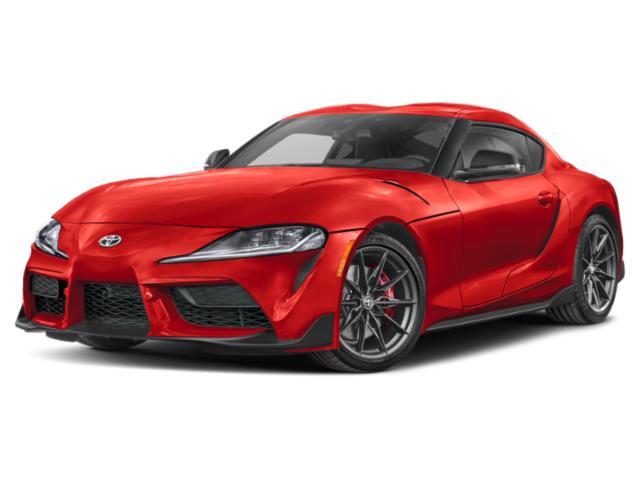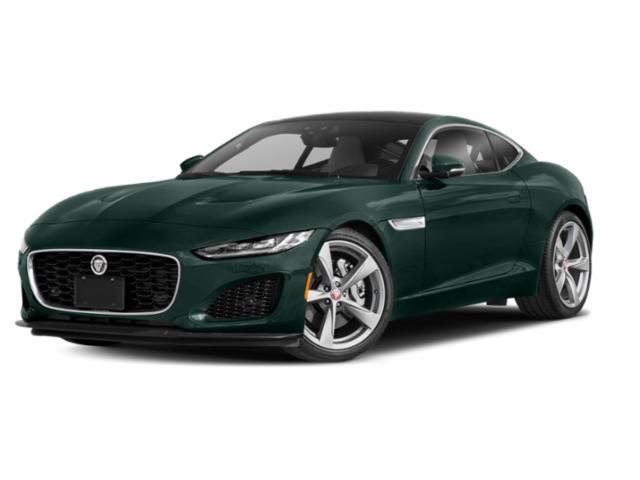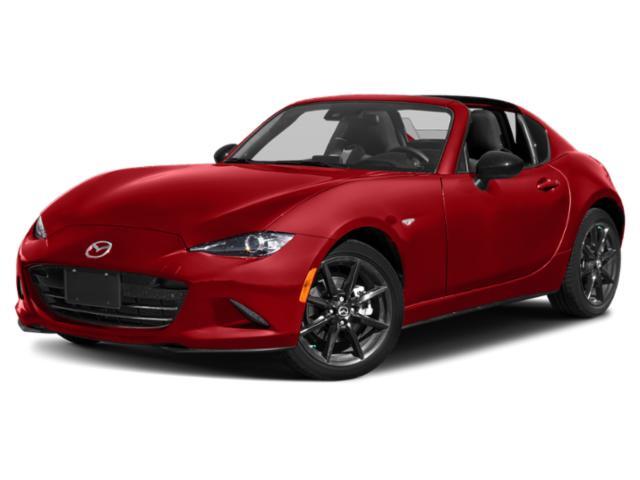
2022 Toyota GR Supra

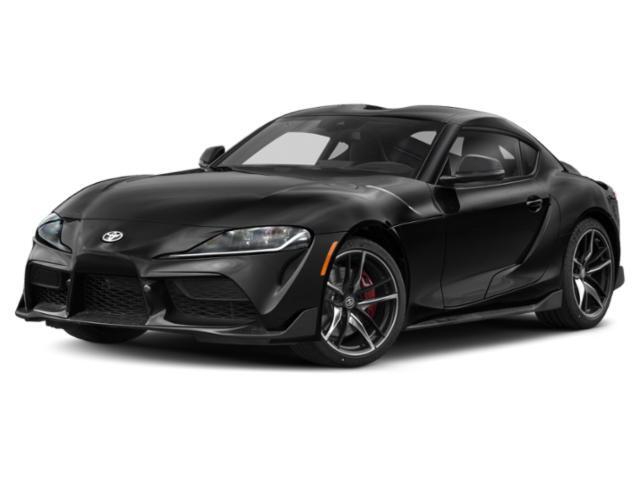
Key Specifications for 2022 Toyota GR Supra






Buyer’s Guide
History/Overview
Reborn in 2020 after a nearly quarter-decade’s absence, the fifth-generation Toyota Supra enters its third year of production for 2022. Notably, the Supra is a collaboration with BMW: underneath Toyota’s swoopy styling is a platform and powertrains shared with the German brand’s Z4 roadster.
What’s New/Key Changes From Last Year
The 2022 Toyota Supra is unchanged from last year.
Available Trims
Toyota offers the Supra in 2.0 and 3.0 trims, each of which is built around its own engine. The former uses a 2.0L turbo four-cylinder, and the latter gets a 3.0L turbo inline six-cylinder. Common to both is an eight-speed transmission and rear-wheel drive.
Standard Features
Supra 2.0 models come with passive keyless entry, a four-speaker stereo, 8.8-inch touchscreen infotainment, Brembo brakes, carbon fibre interior trim, an auto-dimming rearview mirror, leather-trimmed steering wheel, dual-zone automatic A/C, heated seats, Alcantara upholstery, a digital gauge cluster, 18-inch wheels, rain-sensing wipers, LED headlights/taillights, and power-adjustable/heated side mirrors with driver’s side auto-dimming.
You also get a full slate of driver safety assists: forward collision detection with automatic braking, automatic high beams, lane departure warning with steering assist, blind spot monitor with rear cross-traffic alert, road sign assist, and radar cruise control.
Supra 3.0 adds wireless smartphone charging, satellite radio, navigation, a 12-speaker sound system, Apple CarPlay, upgraded four-piston brakes, an active sport differential, integrated garage door remote, power-adjustable seats, leather upholstery, head-up driver display, 19-inch wheels, and power-folding side mirrors.
Fuel Economy
Toyota’s fuel consumption estimates for the Supra are 9.3/7.2 L/100 km (city/highway) for the 2.0L engine, and 10.6/8.0 L/100 km in 3.0L models.
Competition
Toyota prices the Supra to compete with the Nissan Z, the Chevrolet Corvette and Camaro, Ford Mustang, Porsche Cayman, and Infiniti Q60.
Review & Compare:
Photos




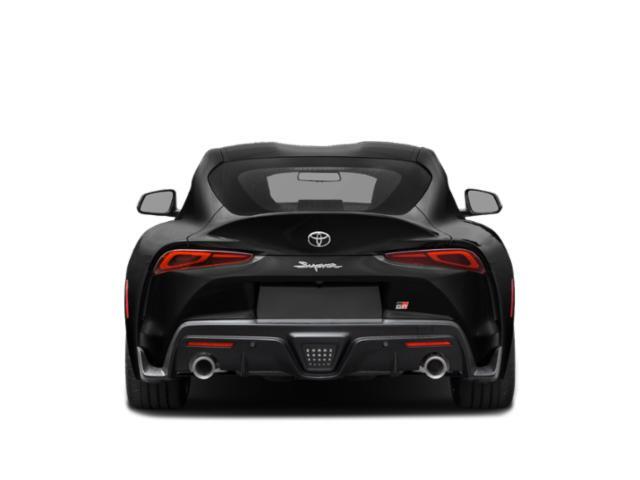

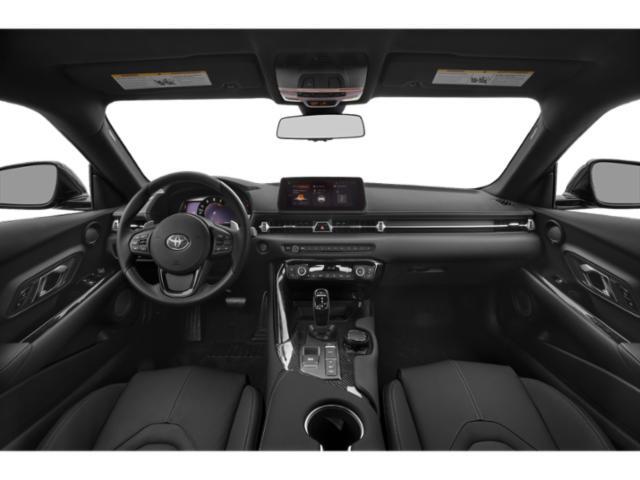
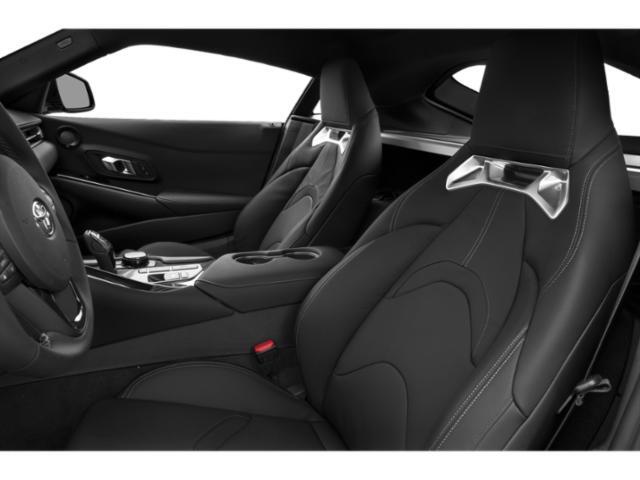
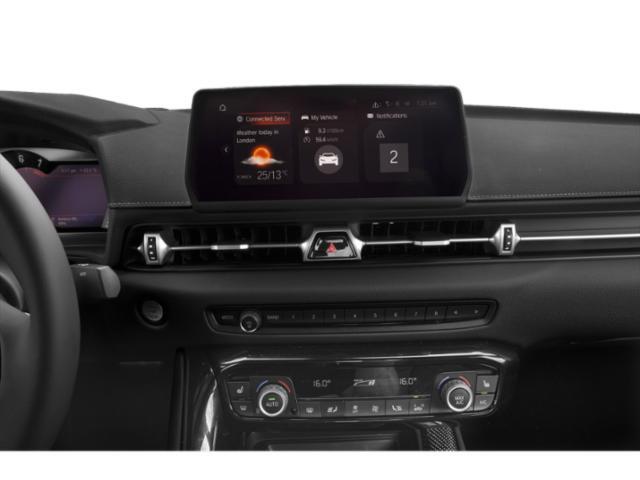
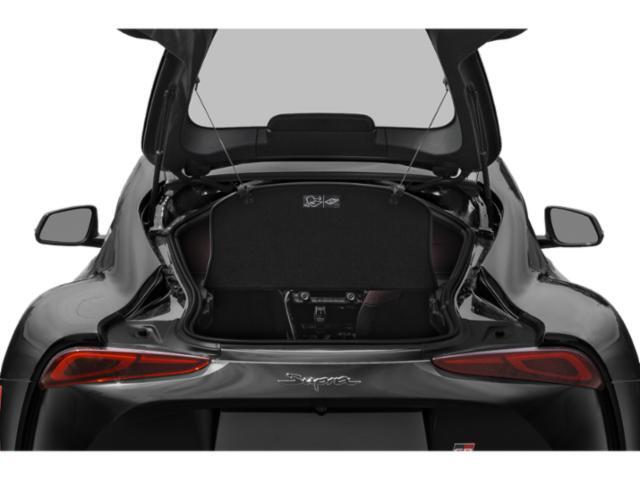
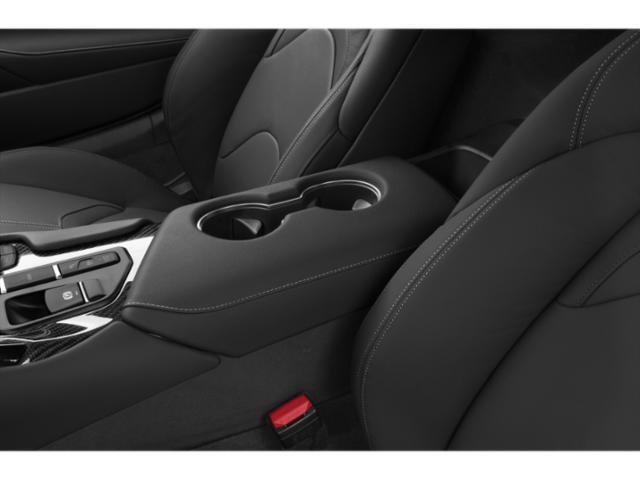
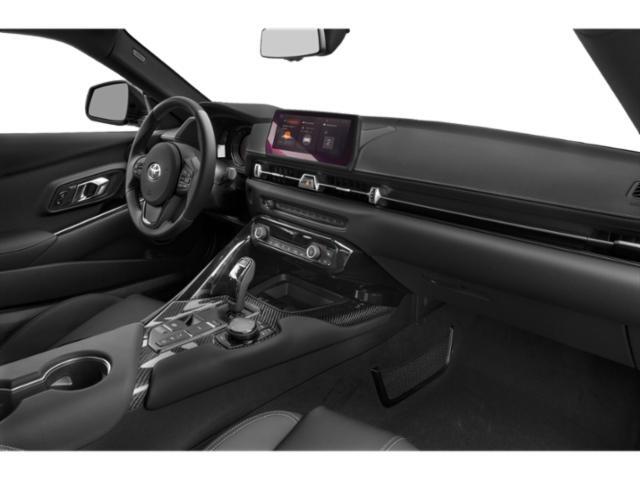
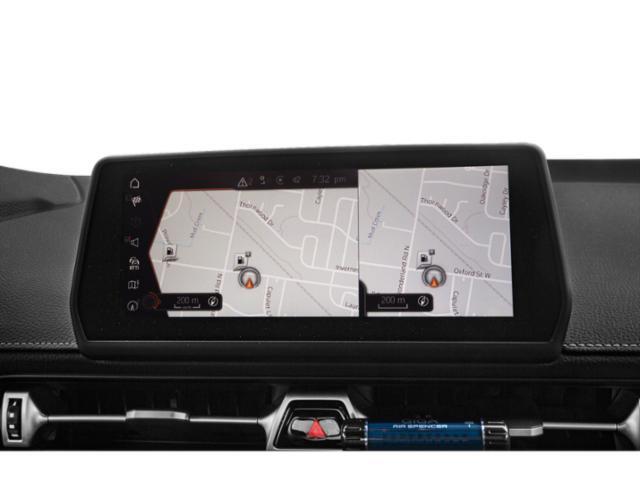













AutoTrader Review


Reviews and News
Recall Information
Frequently Asked Questions About the 2022 Toyota GR Supra
The Toyota Supra is a fast and exciting vehicle that was been a staple of Toyota's lineup until it was discontinued in the early 2000s. The Supra name was revived in 2020 for Toyota's newest sports car that was developed alongside the BMW Z4.
For a small sports car, the Supra could be considered more expensive than other options that offer a similar experience. The cheapest Supra available is the 2.0, which features a 2.0-litre turbocharged four-cylinder and starts at $57,170. The only other option is the 3.0, which uses a BMW-sourced straight-six to put more power to the rear wheels, but has an MSRP of $68,460.
Consumer Reports predicts that the 2022 Toyota Supra will have average reliability compared to the average new car based on Toyota's brand history and similar models to the Supra.
A J.D. Power predicted Quality & Reliability score of 61 out of 100 was given to the Supra, which is considered Fair. The Supra was also rated number 3 in the Premium Sporty Car segment by the institute.
The Supra includes standard safety features on both its trim levels, such as Blind Spot Monitor, Lane Departure Warning, Lane Keep Assist, Brake Assist, Cross-Traffic Alert, and Rear Parking Aid.
Android Auto is not available on either the 2.0 or the 3.0 trims of the Supra, but Apple CarPlay is standard on the latter. Wi-Fi hotspot is also not available, but Bluetooth connectivity is.
The Supra is a sports car so fuel economy is not a top priority, however, it still manages to offer decent economy compared to other competitors in its segment. The 2.0-litre turbo model of the Supra uses as little as 7.2 L/100 km on the highway and 9.3 L/100 km in the city, while the larger 3.0-litre six-cylinder uses slightly more fuel at 8.0 L/100 km highway and 10.6 L/100 km city.



